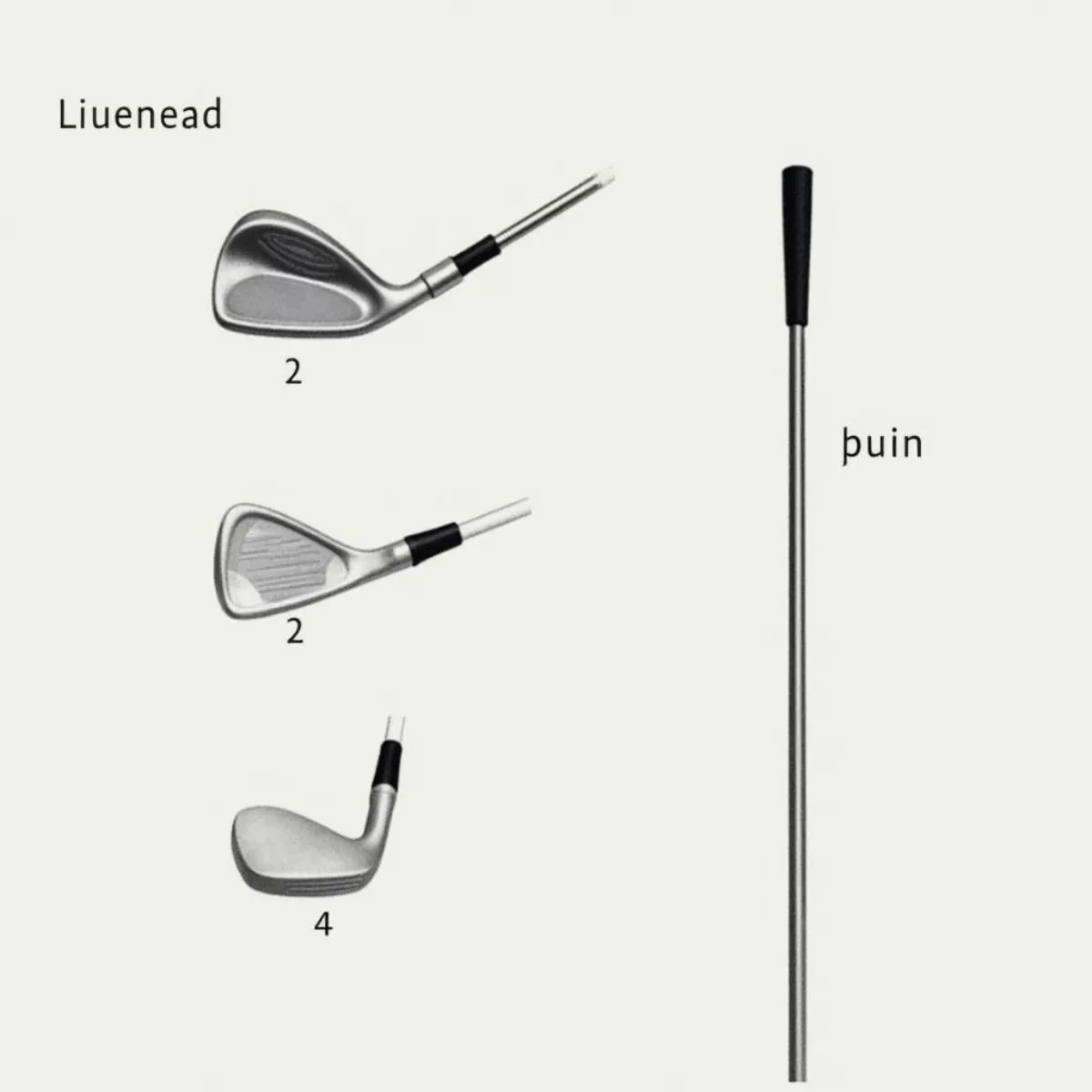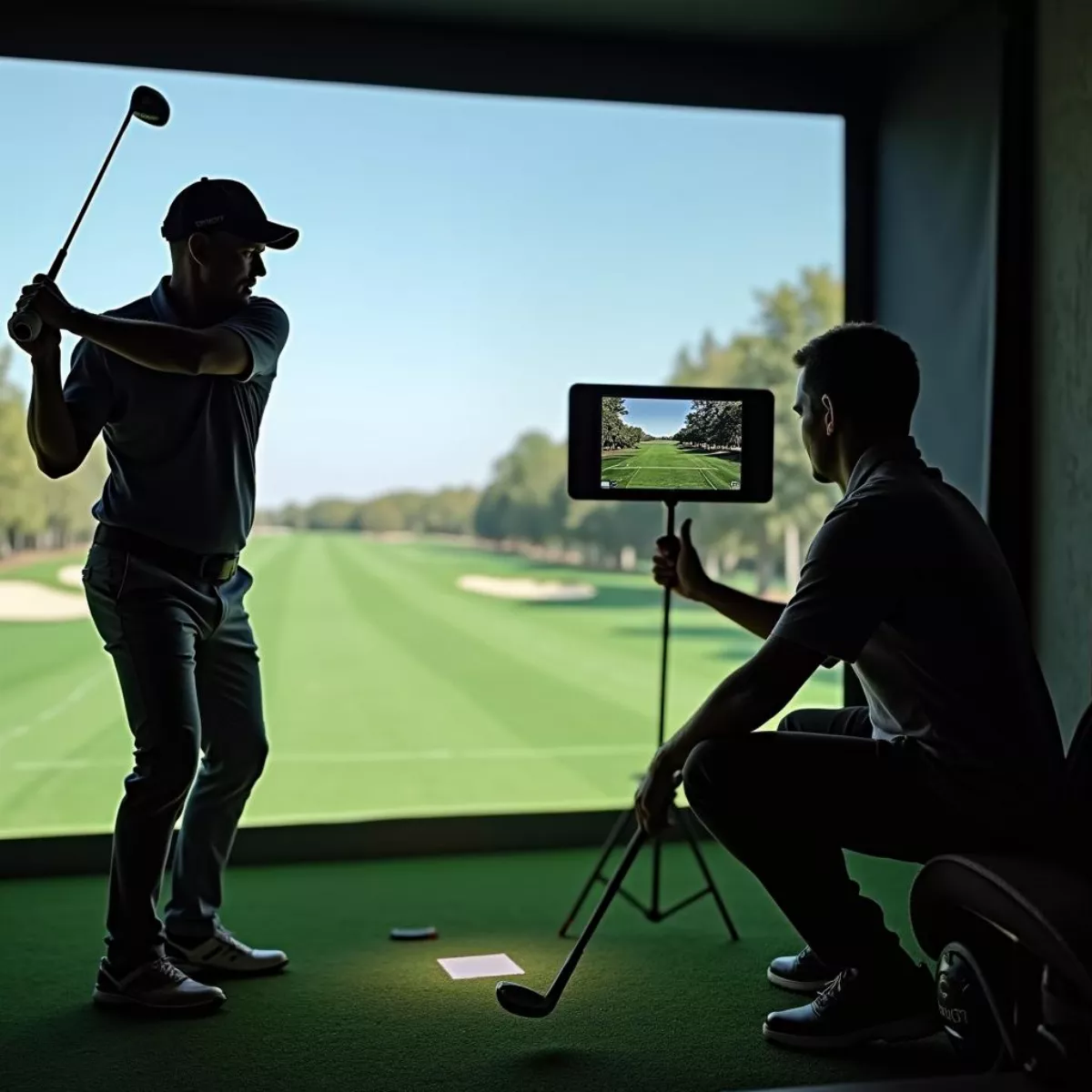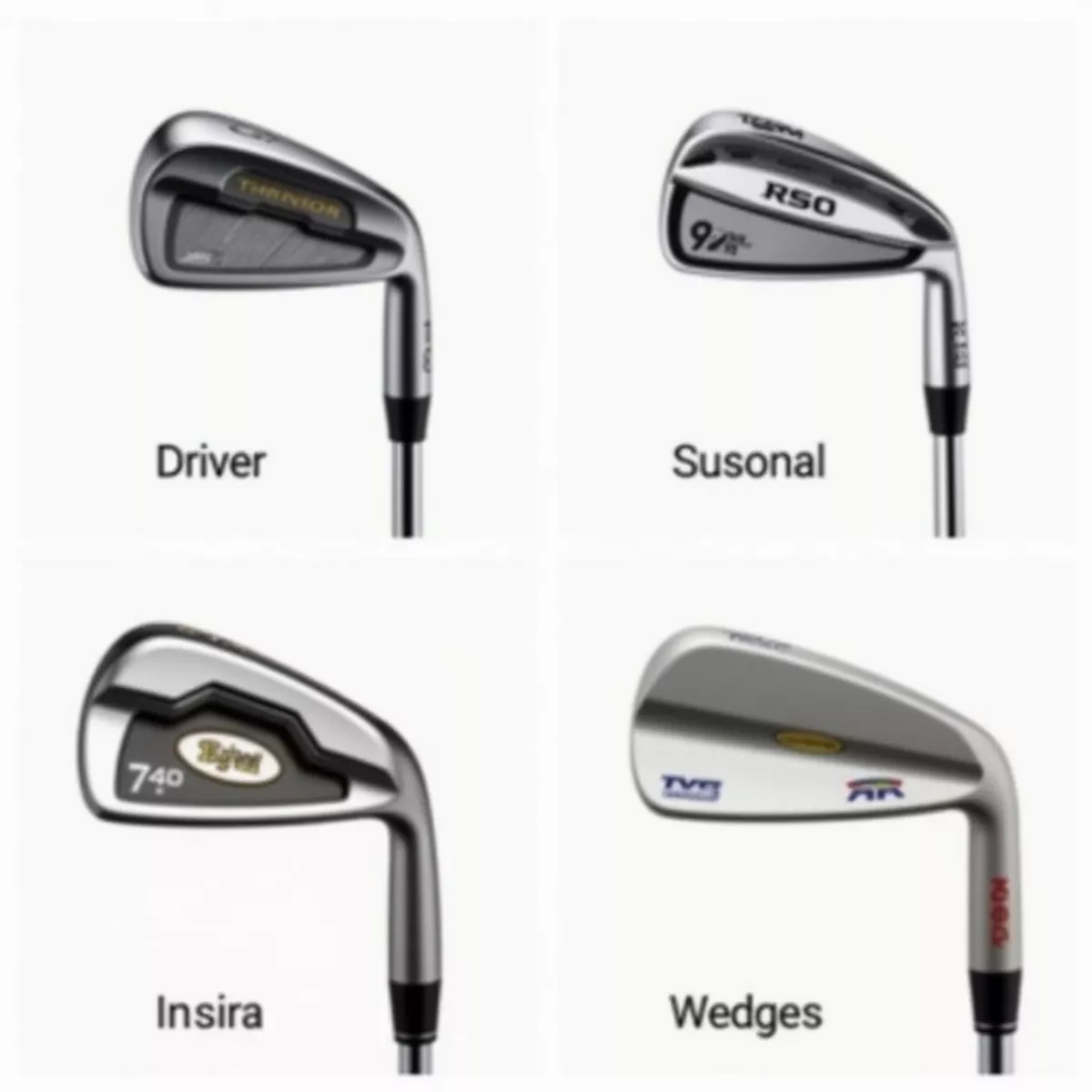Understanding the Basics of Golf Clubs
Before diving deep into selection strategies, it’s essential to comprehend what makes a golf club effective. Each club comprises three crucial elements: the clubhead, shaft, and grip.
1. Clubhead
The clubhead is the business end of the golf club. It comes in various shapes and sizes, each impacting your game in different ways:
- Drivers: Large heads for maximum distance off the tee.
- Irons: Intermediate size with a flat face; ideal for accuracy and control.
- Wedges: Specialized for short approaches and getting out of tricky lies.
- Putters: Designed for precision on the greens.
2. Shaft
The shaft impacts the club’s flex and overall performance. The flexibility of the shaft can dramatically affect your swing:
- Stiff Flex: Best suited for faster swing speeds.
- Regular Flex: Ideal for moderate swing speeds.
- Senior/Flex Shaft: Perfect for slower swing speeds.
3. Grip
The grip affects your control and feel with each swing. Different grips can dictate not only comfort but also performance:
- Standard: Offers a good balance for most players.
- Oversized: Provides more cushioning and is easier on the hands.
- Corded Grips: Great for sweat absorption during humid conditions.
 Parts of a Golf Club
Parts of a Golf Club
Factors to Consider When Choosing Golf Clubs
Choosing the right club isn’t merely about preference; it involves a blend of personal style, physical attributes, and playing conditions. Here are the critical factors to consider:
1. Skill Level
Your experience on the course will significantly alter your choice.
- Beginner: Look for more forgiving clubs that have larger sweet spots, like cavity-back irons and super game improvement drivers.
- Intermediate/Advanced: You may want to explore traditional blades or forged clubs for better control.
2. Playing Style
Understanding your playing traits can guide your club choices:
- Power Hitter: Opt for lower-lofted drivers and long irons.
- Accuracy Player: High-lofted woods and forgiving short irons might be your best bet.
3. Club Setup
Getting fitted for clubs can make a notable difference in your game. Consider factors like:
- Lie Angle: Should align with your setup to achieve optimal ball flight.
- Length of Clubs: Taller players usually need longer clubs, while shorter players may require adjustments.
 Golf Club Fitting Session
Golf Club Fitting Session
4. Terrain and Conditions
Different courses can call for specialized equipment. Consider:
- Links Courses: Generally harder and lacking trees; consider low-lofted drivers.
- Parkland Courses: Typically lush with trees; look for more versatile clubs to navigate.
How to Test Golf Clubs
Once you’ve narrowed down your options, it’s time to test them out. Here are effective ways to try out clubs:
1. Driving Range
Spending time at a driving range allows you to experiment with different clubs. Pay attention to:
- Consistency in ball flight.
- Feel and control during swings.
2. Demo Days
Many golf shops and brands hold demo days. Avail these opportunities to:
- Try various clubs side by side.
- Get expert guidance from certified fitters.
3. Fitting Sessions
A custom fitting is the gold standard for club selection. Benefits include:
- Perfectly matched shaft flex and length.
- Adjustments based on swing path and impact.
Customizing Your Golf Clubs
If you want the most tailored approach to your game, consider customizing your clubs, which may encompass:
- Changing the grip size.
- Adjusting the lie angle.
- Selecting specific shaft materials.
Sample Club Selection Table
Here’s a simple table to help you visualize some options based on skill level and playing style:
| Skill Level | Club Type | Characteristics |
|---|---|---|
| Beginner | Cavity Back Irons | Large sweet spots, easier to hit |
| Intermediate | Mid-Handicap Irons | Balance of forgiveness and control |
| Advanced | Bladed Irons | Precision, feel, and shot shaping capability |
| Power Hitter | Low Lofted Woods | Designed for maximum distance |
| Accuracy Player | High Lofted Irons | Enhanced control for approaches |
 Variety of Golf Clubs
Variety of Golf Clubs
Key Takeaways
- Assess your skill level and choose clubs accordingly.
- Understand your playing style to make informed decisions.
- Factor in terrain and conditions of your usual courses.
- Test clubs at a driving range or during a demo day.
- Consider custom fitting for optimal performance.
Frequently Asked Questions (FAQs)
1. How do I know which shaft flex is right for me?
Shaft flex should correspond to your swing speed—stiff for fast swings and regular for moderate speeds. Getting fitted can help make this decision easier.
2. Can I mix and match brands for my golf clubs?
Absolutely! Many golfers successfully use clubs from various brands to optimize their set according to performance and comfort.
3. What is the difference between a forged and cast club?
Forged clubs are made from a single piece of metal and offer better feel, while cast clubs are produced in molds and are generally more forgiving.
4. Should I invest in a complete set or individual clubs?
A complete set is cost-effective and suitable for beginners. However, experienced players often invest in individual clubs tailored to their specific needs.
5. How often should I replace my golf clubs?
It depends on usage. If clubs start to feel less effective or show wear, it’s usually time to consider replacements.
6. Can I adjust the loft of my clubs?
Many modern clubs allow for loft adjustments. Consult with a professional club fitter for optimal results.
7. Is it beneficial to have a professional fitting?
Yes! Professional fittings ensure your clubs are tailored to your swing and body type, leading to improved performance.
8. What type of putter should I use?
Choose a putter that feels comfortable to you. Generally, a mallet style suits those who prefer stability, while blades offer a traditional feel.
By focusing on the essentials of choosing the right golf club, whether you’re a beginner or a seasoned expert, you can enjoy a fulfilling golfing experience, leading to improved scores and overall satisfaction on the course. Happy golfing!